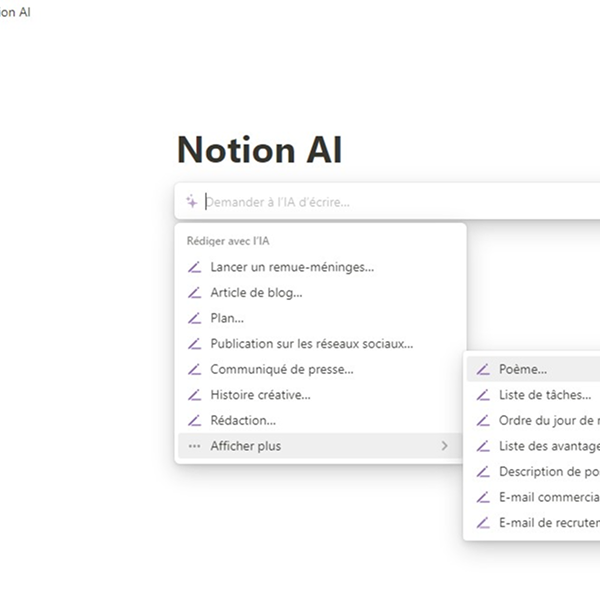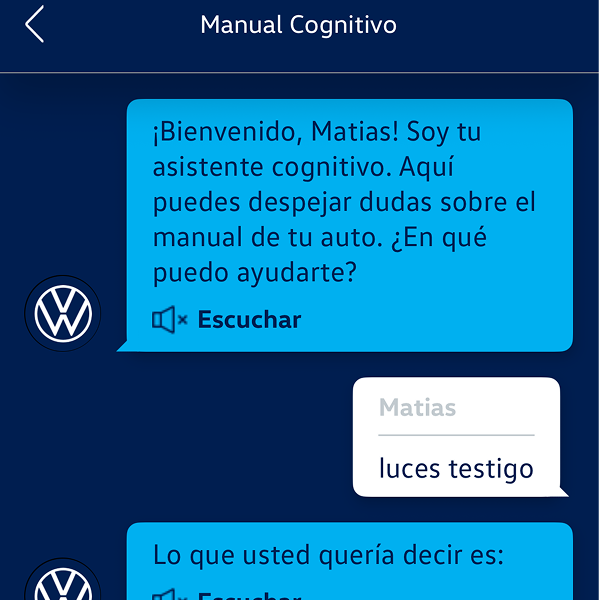The Power of Iteration in Digital Product Development
In digital product creation, iteration is key to continuous improvement. Starting with a Minimum Viable Product (MVP) and refining it through multiple versions allows companies to adapt, respond to user feedback, and innovate effectively. Whether it’s a tech giant like Tesla refining its electric vehicles or a startup launching a mobile app, iteration turns initial concepts into polished products. By the time a product reaches its 16th version, it’s far more advanced than its MVP, shaped by countless cycles of iteration, feedback, and improvement. From iOS apps to Android platforms, iteration is central to success.
From MVP to Market: The First Iterations
The MVP is the foundational version of any digital product, built to test key features and validate ideas with early adopters. In the early stages, the focus is on releasing something functional rather than perfect, similar to how Tesla started with its early electric car prototypes. These early iterations allow product teams to learn what works, what doesn’t, and what features users actually value.
For example, when developing for iOS or Android, the initial versions of an app may focus on basic functionality, leaving room for future iterations to enhance performance, introduce new features, or integrate AI capabilities. Similarly, Tesla’s cars undergo numerous refinements, and in both cases, user feedback drives the next iteration. These initial versions lay the groundwork for future iterations that respond to real-world needs rather than assumptions.
Iteration as a Process of Continuous Improvement
Once an MVP is released, the journey of iteration begins in earnest. Product teams focus on refining, expanding, and enhancing the initial features based on user feedback and technical performance. Tesla, for example, iterated on its Model S by introducing software updates, improving battery technology, and enhancing the vehicle’s user interface—all without requiring customers to buy a new car.
In digital products, each new iteration brings incremental enhancements. Take the iPhone 16 as an example—it builds upon previous iPhone models, incorporating improvements in iOS, battery life, and AI-driven functionalities like facial recognition or smart suggestions. Each iteration reflects a cycle of testing, learning, and improving, as companies strive for better user experiences across platforms like iPhone and Apple Watch.
Scaling Up: Moving Beyond Early Versions
As a product evolves through successive iterations, its development becomes more complex. By the time it reaches version 10, 12, or 16, the product may barely resemble its original MVP. This is where the power of iteration truly shines: by continuously building on previous versions, a product grows more robust, feature-rich, and user-centric.
For instance, the evolution of iOS devices, such as the iPhone 16 and Apple Watch, highlights how iteration impacts both software and hardware. Over multiple versions, these devices have seen improvements in battery life, AI-powered health tracking, and even deeper integration between Apple devices. Similarly, Android apps or devices undergo iterative development, refining performance and introducing features like AI-based assistants or automation tools.
Agile Methodology and Iteration in Digital Products
Agile methodology provides a framework for iteration, promoting flexibility and regular feedback loops. This approach ensures that digital products aren’t static but are always improving through a series of “sprints”—short, focused periods of development aimed at introducing small, manageable updates.
Companies like Tesla embrace iterative development not only in their software but in their hardware design as well. Their agile approach allows for continuous refinement of both the car’s software and its hardware components. This mirrors how digital product teams working on iOS or Android apps continuously release incremental updates that fine-tune user experience, optimize performance, or introduce AI capabilities. Iteration in this context is essential for adapting to user needs and maintaining relevance in rapidly changing markets.
The Role of User Feedback and Data
User feedback is the backbone of successful iteration. In digital product development, data-driven decisions ensure that the right changes are prioritized in each new version. Companies gather information on user behavior, track performance metrics, and listen to customer complaints or feature requests. This data guides the direction of each subsequent iteration, ensuring that every new version is an improvement.
For instance, Apple collects user feedback on both iOS and the Apple Watch, using it to enhance features like health tracking and AI-powered suggestions. Similarly, a mobile app team might analyze data to improve the app’s performance on both iOS and Android platforms. User feedback and data analysis also play a crucial role in Tesla’s continuous improvements, whether it’s for self-driving features or user interfaces within their cars. These data points guide the iteration process, ensuring that every version is a step forward.
Iteration as a Path to Innovation
Iteration doesn’t just lead to incremental improvements—it also paves the way for breakthrough innovations. When product teams learn from each iteration, they gain insights that may inspire entirely new features or technological advances. Tesla’s self-driving technology, for example, didn’t appear overnight; it evolved through years of iteration, data analysis, and gradual improvements.
In digital products, too, iteration fosters innovation. AI-powered features, like the ones in iPhone 16 and Apple Watch, emerged from years of iterative development. New capabilities in iOS, like advanced security measures or AI-driven automations, reflect a commitment to continuous innovation through iteration. Whether in mobile apps, AI-driven systems, or complex digital platforms, iteration lays the groundwork for cutting-edge features that enhance user experience and lead to long-term success.
Conclusion: Why Iteration is Key to Successful Digital Products
The process of iteration, from MVP to the 16th version and beyond, is essential to the development of successful digital products. By focusing on continuous improvement, learning from user feedback, and leveraging agile methodologies, companies can refine their products over time to meet evolving market demands. Whether you’re developing the latest electric vehicle, AI-powered app, or wearable device like the Apple Watch, iteration ensures that each new version is better than the last.
Just as Tesla has demonstrated with its iterative vehicle development, digital products that embrace iteration can evolve from simple concepts into groundbreaking solutions. By the time the iPhone 16 or the next Apple Watch reaches users, they’re the result of countless iterations, delivering value far beyond the initial MVP phase.







